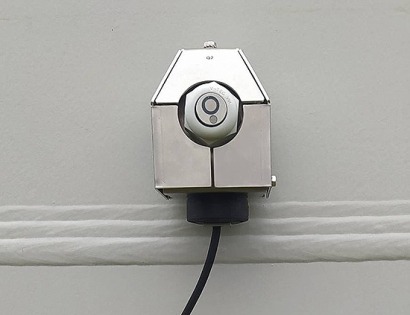
More than 40 DTBat systems have been installed in several countries since 2012. DTBat uses ultrasonic detectors with microphones installed in various positions, tower and/or nacelle according to the characteristics of the wind turbine and the bat species that use their environment. This makes it possible to detect the presence of bats in real time, and to trigger the wind turbine stop signal when detection thresholds are exceeded (e.g. more than 3 detections in 30 min).
The stop signal is prolonged in time as long as the activity is maintained. The activity thresholds are set for each wind turbine and are adjustable.
Compared to the wind speed shutdown protocol (e.g. wind turbine stopped below 6 m/s in an hourly period) the advantages are:
It allows to produce electricity at times of low wind when bat activity is low or non-existent.
It allows to protect bat species that have activity above the established wind value and that are only partially protected by the wind speed-based protocol.
Liquen also want to be able to share the results of the trial as a case-study or for a scientific publication and to present the data in different scientific and business environments in the wind energy and conservation sector.
The project should also involve an environmental consultancy, NGO or administration for independent data processing and reporting. The Spanish Association for the Conservation and Research of Bats (SECEMU) is available to participate in the project.
For additional information:

